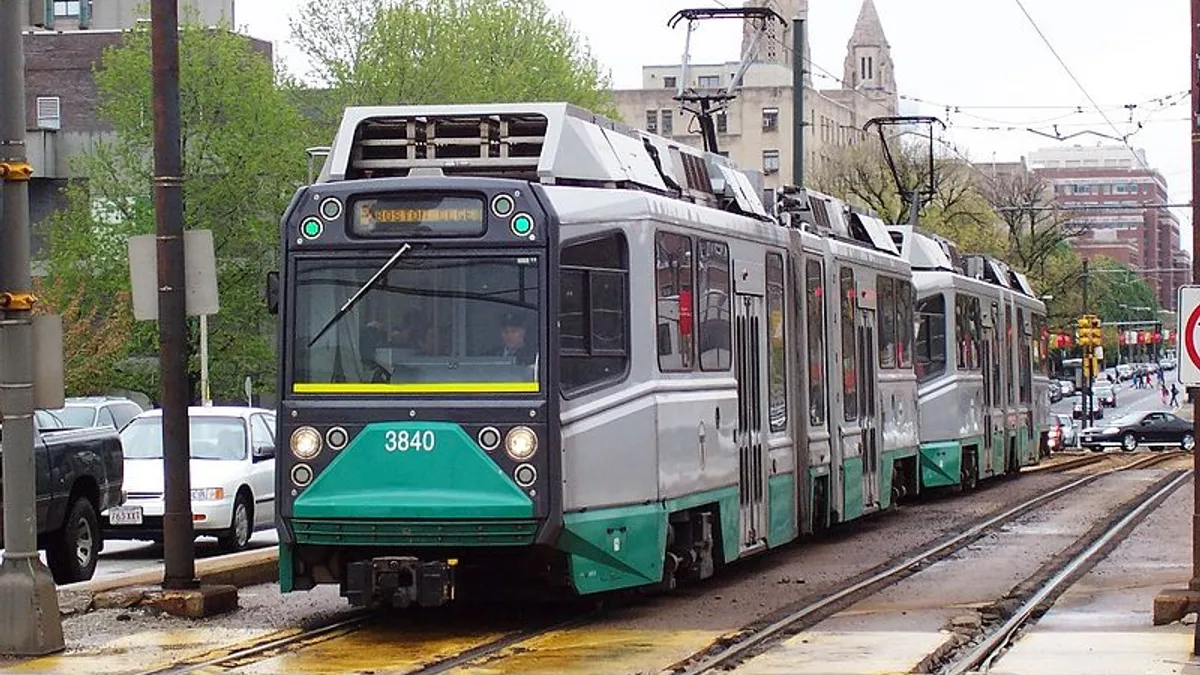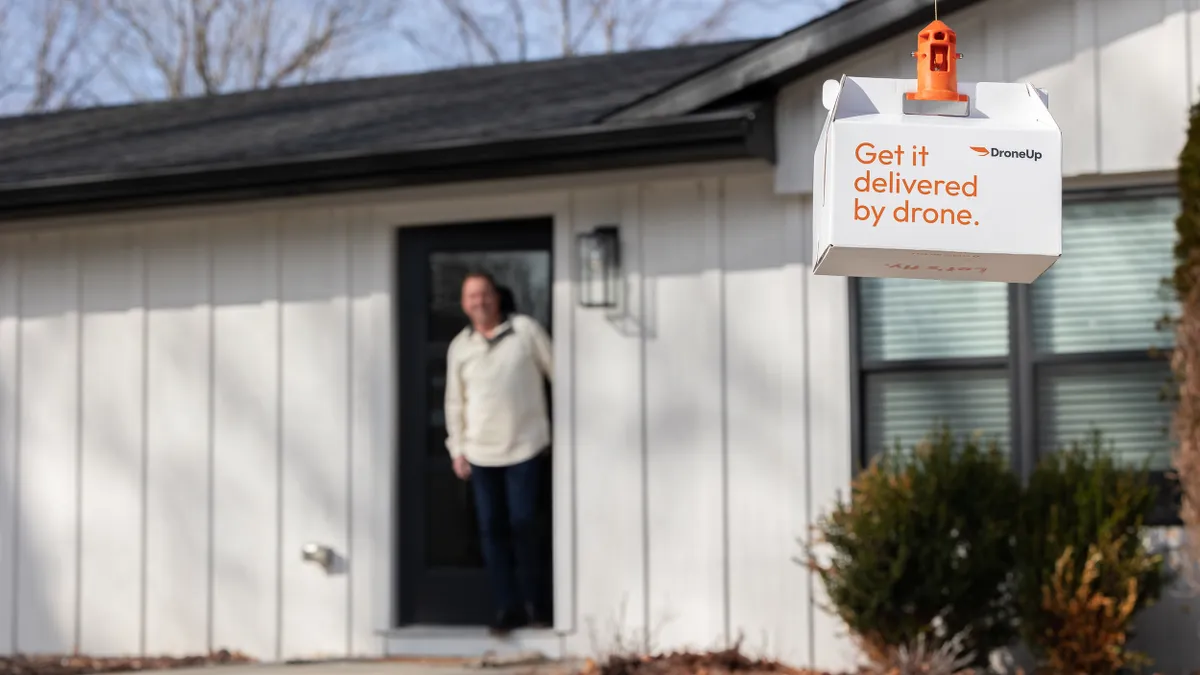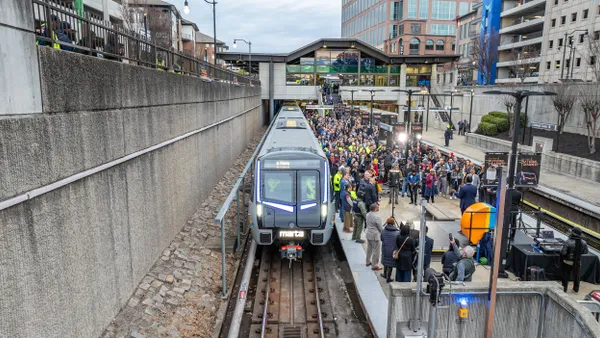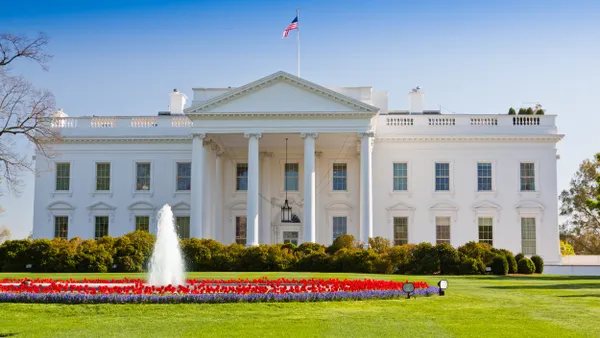Dive Brief:
- Preliminary results of a study by Massachusetts Institute of Technology (MIT) researchers indicate low-income citizens in Boston take transit more frequently if their fare is discounted.
- Participants in the study who received a 50% reduced fare took about 30% more trips on Massachusetts Bay Transportation Authority (MBTA) — about 2.5 more trips per week — than the control group that received no discount. Low-income riders were also more likely to travel during off-peak times, relied more on the bus and made more transfers among routes and transit modes.
- The study's purpose was to investigate how public transit cost influences low-income citizens' ridership, and how a reduced fare policy could improve their quality of life. The report contains only preliminary findings from the study; the complete analysis has not yet been released.
Dive Insight:
The study had 240 participants and ran from February through May this year. Each individual was enrolled for a two-month period. To participate, individuals had to be receiving SNAP benefits and not be eligible for one of the existing MBTA discounts — seniors, youth and people with disabilities. Each participant submitted daily travel diaries via a chatbot — which provided reminders — to describe what they used their transit card for (work, school, errands, etc).
The results have already prompted activists to encourage MBTA to adopt a low-income transit rider subsidy. At least one city councilmember is on board, saying it's important to lower the barriers that transit fares create for people in need.
This report explains that little is known about how low-income residents respond to fare increases and manage transportation costs within the context of their overall budgets.
It also says that few transit agencies provide discounts to poor citizens. Discounts typically are reserved for other vulnerable populations such as seniors, students and people with disabilities.
The researchers noted that some transit agencies argue that providing low-income discounts could significantly add to system crowding during peak travel times. But this study's findings suggest that might not be the case because poor riders took more off-peak trips than average riders, especially during the middle of the day.
Various elements play into that, but it could be largely due to the types of jobs the different populations tend to hold. Poor citizens are more likely to hold hourly jobs and do shift work; prosperous individuals often work in an office and commute during relatively similar peak times.
During the study, low-income riders used the bus for about 60% of their trips compared with 40% for the average MBTA user. This supports data from a number of sources, including the U.S. Census Bureau, showing buses are the most-used transit mode nationwide.
Buses have the most widespread networks, thus proving more convenient than other modes. Bus trips also are consistently the lowest-priced transit options, making them more popular for budget conscious individuals.
Another notable finding is that study participants who received a discount took more transit trips to health care and social service providers. This suggests transit discounts could indirectly improve poor individuals' quality of life in a variety of ways.
Affordable transit can be a barrier to reaching jobs and schools. For that reason, several U.S. cities are implementing free transit programs for students — to provide easy, affordable transportation access and try to boost attendance rates. Sacramento just approved such a program, joining Seattle and Washington, DC. Boston provides free bus passes for all students in 7th to 12th grade.















